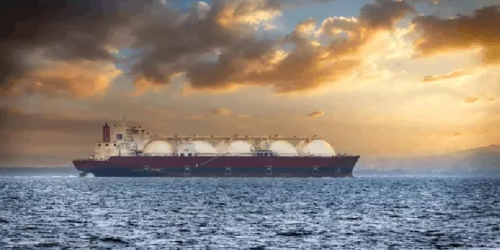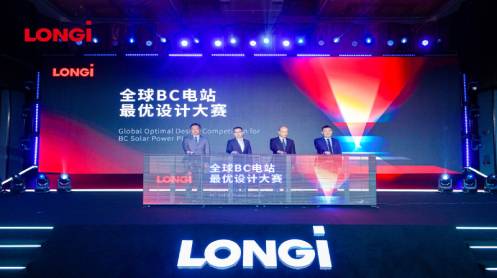Shippers of containerized goods were caught off guard this year. Never before had container spot rates risen so far, so fast. But shippers of liquid and dry bulk commodities know such cost swings all too well.
When bulk commodity transport demand exceeds supply, shipping spot rates can keep rising until cargo shippers’ profit margins are erased. The spectacular rise and fall of liquefied natural gas shipping rates is the latest example.
LNG carriers boast the highest day rates of any cargo vessel type. Shippers can afford to pay eye-wateringly high freight because the profit on moving a cargo can be enormous: In mid-November, a cargo could be bought for $20 million in the U.S. and sold for $120 million in Asia.
The wild ride for spot rates began early this year as cold temperatures pushed up commodity pricing in Asia. An LNG carrier was chartered for $350,000 per day in January, a new all-time high for any cargo vessel.
Then rates crashed. U.S. Gulf-Japan rates were down to just $16,800 in mid-March.
Rates rebounded to a new record high last month. The Baltic Exchange assessment for the Australia-Japan route for a tri-fuel, diesel-engine (TFDE) LNG carrier peaked at $366,700 per day in late November. Lloyd’s List reported that one vessel was chartered for $424,000 per day.
Shippers of containerized goods were caught off guard this year. Never before had container spot rates risen so far, so fast. But shippers of liquid and dry bulk commodities know such cost swings all too well.
When bulk commodity transport demand exceeds supply, shipping spot rates can keep rising until cargo shippers’ profit margins are erased. The spectacular rise and fall of liquefied natural gas shipping rates is the latest example.
Related: Canada And The UK Are Eyeing Massive Tidal Power Developments
LNG carriers boast the highest day rates of any cargo vessel type. Shippers can afford to pay eye-wateringly high freight because the profit on moving a cargo can be enormous: In mid-November, a cargo could be bought for $20 million in the U.S. and sold for $120 million in Asia.
The wild ride for spot rates began early this year as cold temperatures pushed up commodity pricing in Asia. An LNG carrier was chartered for $350,000 per day in January, a new all-time high for any cargo vessel.
Then rates crashed. U.S. Gulf-Japan rates were down to just $16,800 in mid-March.
Rates rebounded to a new record high last month. The Baltic Exchange assessment for the Australia-Japan route for a tri-fuel, diesel-engine (TFDE) LNG carrier peaked at $366,700 per day in late November. Lloyd’s List reported that one vessel was chartered for $424,000 per day.
LNG prices in Asia averaged $5 per metric million British thermal unit (MMBtu) higher than in Europe in October and November, which “instigated a significant amount of reexport trading opportunities from West to East” that “catapulted spot rates,” explained Mørkedal. In contrast, the European gas price was $6 per MMBtu above Asia’s on Monday, “the widest [spread] we have observed on record” and one that has “reduced West-East trading,” he said.
LNG shipping still ‘very healthy’
LNG shipping remains profitable despite the collapse in spot rates. “Even at these lower rates, companies are printing money,” noted Nolan.
Also, spot business is less important to LNG shipowners than to owners or operators in any other ocean segment. Spot rates make the headlines, but the overwhelming majority of LNG shipping revenues derive from time charters.
Chartering activity “has been plentiful of late with several newbuilding deals concluded for delivery in 2024-25 with charters in the seven- to 10-year time frame,” Mørkedal said last week.
Regarding on-the-water LNG carriers, “term charters continue to be discussed in the one- to three-year time frame,” he said. One-year TFDE charters are going for $90,000 per day and MEGI-propulsion carriers for $115,000 per day.
“The LNG shipping market remains very healthy even with spot rates easing from their extreme highs as time-charter activity remains robust,” the Clarksons analyst affirmed.





